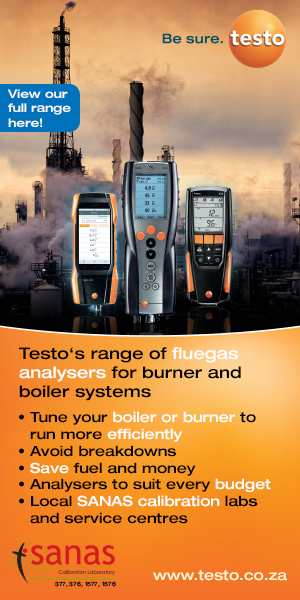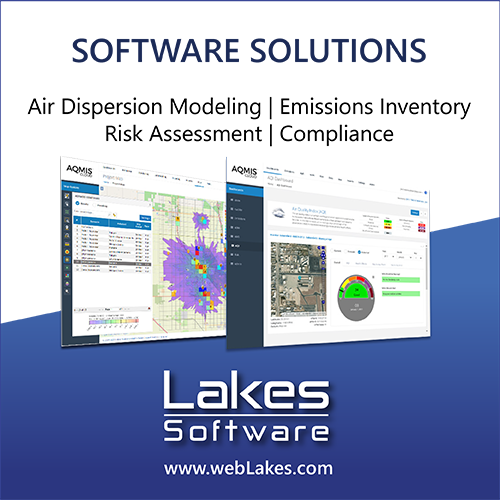Ambient air quality data reported at Sasol Secunda monitoring stations during COVID-19 lockdown – Mpumalanga, South Africa
DOI:
https://doi.org/10.17159/caj/2021/31/1.8954Keywords:
Ambient air quality, COVID-19, highveld priority area, nitrogen oxides, particulate matter, sulphur dioxide, hydrogen sulphideAbstract
Various local and international research has been published on the effects of COVID-19 lockdown on ambient air quality. In most cases, a reduction in ambient NOx and PM concentrations have been observed with varying changes in ambient SO2 levels. Secunda, located in the Highveld Priority Area in Mpumalanga, South Africa is known for its large industrial facilities utilising coal as primary feedstock. The towns of Secunda and eMbalenhle provide the majority of the workforce to Sasol and has therefore been the focus of this study. The ambient air quality in the Secunda region was assessed due to the changes in human behaviour during lockdown, familiarity with the Sasol facility and the strategic locations of ambient air quality stations.
Results show a clear decrease in ambient CO, NO2 and PM concentrations, especially during the first two weeks of lockdown. Only subtle changes were observed for ambient H2S and SO2 pollutant concentrations at the ambient monitoring stations. An increasing trend in all ambient species was observed towards the end and post lockdown, in contrast to declining ambient temperatures with the onset of winter. This is also contrary to the reduction in emissions from the factory that conducted annual maintenance in the month following lockdown (phase shutdown).
This article concludes that human behaviour has a material local ambient impact on CO, NO2 and PM pollutant species, while H2S concentration profiles are more directly related to the industrial complex’s levels of activity. Ambient SO2 trends did not show a similar correlation with the facility’s activities (as H2S), but a stronger correlation was observed with the diverse local and regional sources in close proximity to Secunda and eMbalenhle. The influence of better dispersion especially on a local scale, brought about by more effective emission heights, is considered material. Moreover, meteorological factors, on local air quality, has been shown to be a material contributor to observed ambient air quality levels in the study domain
Downloads
Downloads
Published
Issue
Section
License
Copyright (c) 2021 Andrew Venter, Sandra De Vos

This work is licensed under a Creative Commons Attribution 4.0 International License.

All articles are published under a Creative Commons Attribution 4.0 International License; copyright is retained by the authors. Readers are welcome to reproduce, share and adapt the content without permission provided the source is attributed.








.png)